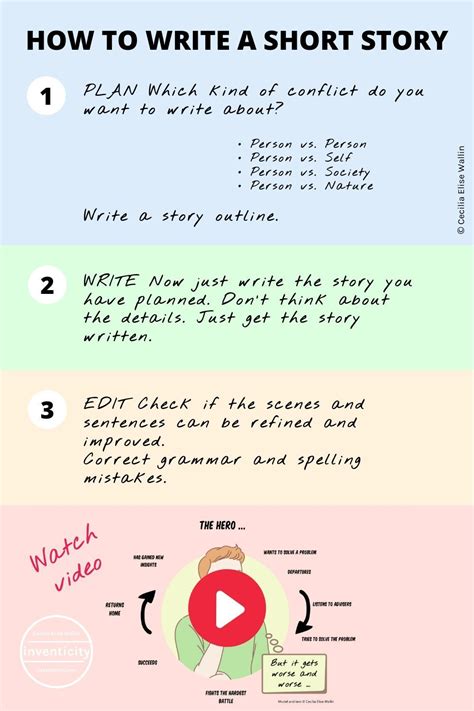How To Write a Short Story That Captivates Readers
Writing a compelling short story can seem daunting, but with a structured approach and a focus on captivating your readers, it becomes a manageable and even enjoyable process. This guide will walk you through the essential steps, transforming your ideas into a polished piece of fiction.
I. Generating Ideas and Developing Your Concept
Before you start writing, you need a strong foundation. This begins with idea generation:
Brainstorming Techniques:
- Freewriting: Set a timer and write continuously, without stopping, about anything that comes to mind related to short stories. You might be surprised at the gems you unearth.
- Mind Mapping: Start with a central idea and branch out, connecting related concepts, characters, and plot points.
- Prompt Inspiration: Use online writing prompts or create your own. A simple sentence or image can spark a whole narrative.
Developing Your Core Concept:
Once you have an idea, flesh it out. Consider these key elements:
- Plot: What is the central conflict? What events unfold? Think about the rising action, climax, and falling action. Even short stories need a clear narrative arc.
- Characters: Who are the main players? What motivates them? Give them believable personalities and flaws. A strong protagonist is crucial.
- Setting: Where and when does your story take place? The setting should contribute to the atmosphere and mood.
- Theme: What is the underlying message or idea your story explores? This doesn't need to be explicitly stated but should resonate subtly throughout.
II. Crafting Your Narrative: Structure and Style
Now comes the actual writing. Focus on clarity and engagement.
Structure:
- Beginning (Exposition): Hook the reader immediately. Introduce your characters and setting concisely. Establish the central conflict early on.
- Middle (Rising Action): Build tension and suspense. Develop your characters and plot through a series of events leading to the climax.
- Climax: The peak of the story's action, where the conflict reaches its highest point.
- End (Falling Action and Resolution): Tie up loose ends. Resolve the conflict, offering a satisfying conclusion, even if it's bittersweet.
Style:
- Show, Don't Tell: Use vivid descriptions and action to convey information, rather than simply stating it.
- Strong Verbs and Precise Language: Choose words that create a powerful impact and accurately convey your meaning.
- Voice and Tone: Develop a consistent voice and tone that reflects your style and the story's genre.
- Point of View: Decide on the narrative perspective (first-person, third-person limited, or third-person omniscient) and stay consistent.
III. Refining Your Story: Editing and Revision
Once you have a draft, the real work begins:
Self-Editing:
- Read Aloud: Hearing your story read aloud helps you identify awkward phrasing and pacing issues.
- Check for Consistency: Ensure consistent characterization, setting, and plot points.
- Focus on Clarity: Eliminate unnecessary words and sentences. Ensure your meaning is clear and unambiguous.
Seeking Feedback:
- Beta Readers: Share your story with trusted readers and ask for constructive criticism.
- Critique Groups: Joining a writing group provides valuable feedback and support.
IV. Publishing and Sharing Your Work
After editing, consider how you will share your short story:
Online Platforms:
- Literary Magazines: Many online publications accept short story submissions.
- Personal Blogs: Create a space to publish your work and connect with readers.
By following these steps, you can significantly increase your chances of writing a compelling and memorable short story. Remember, practice is key. The more you write, the better you'll become. Embrace the process, and enjoy the journey of bringing your stories to life.
